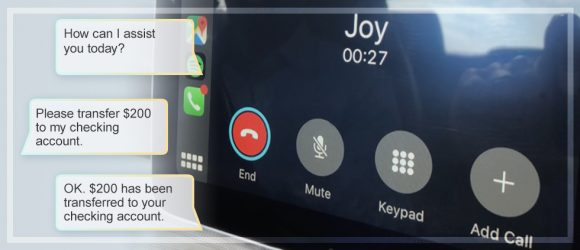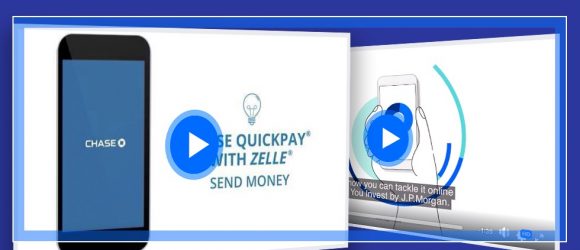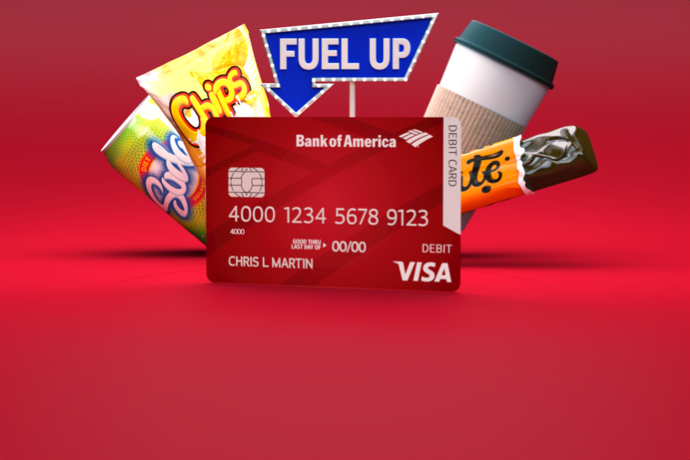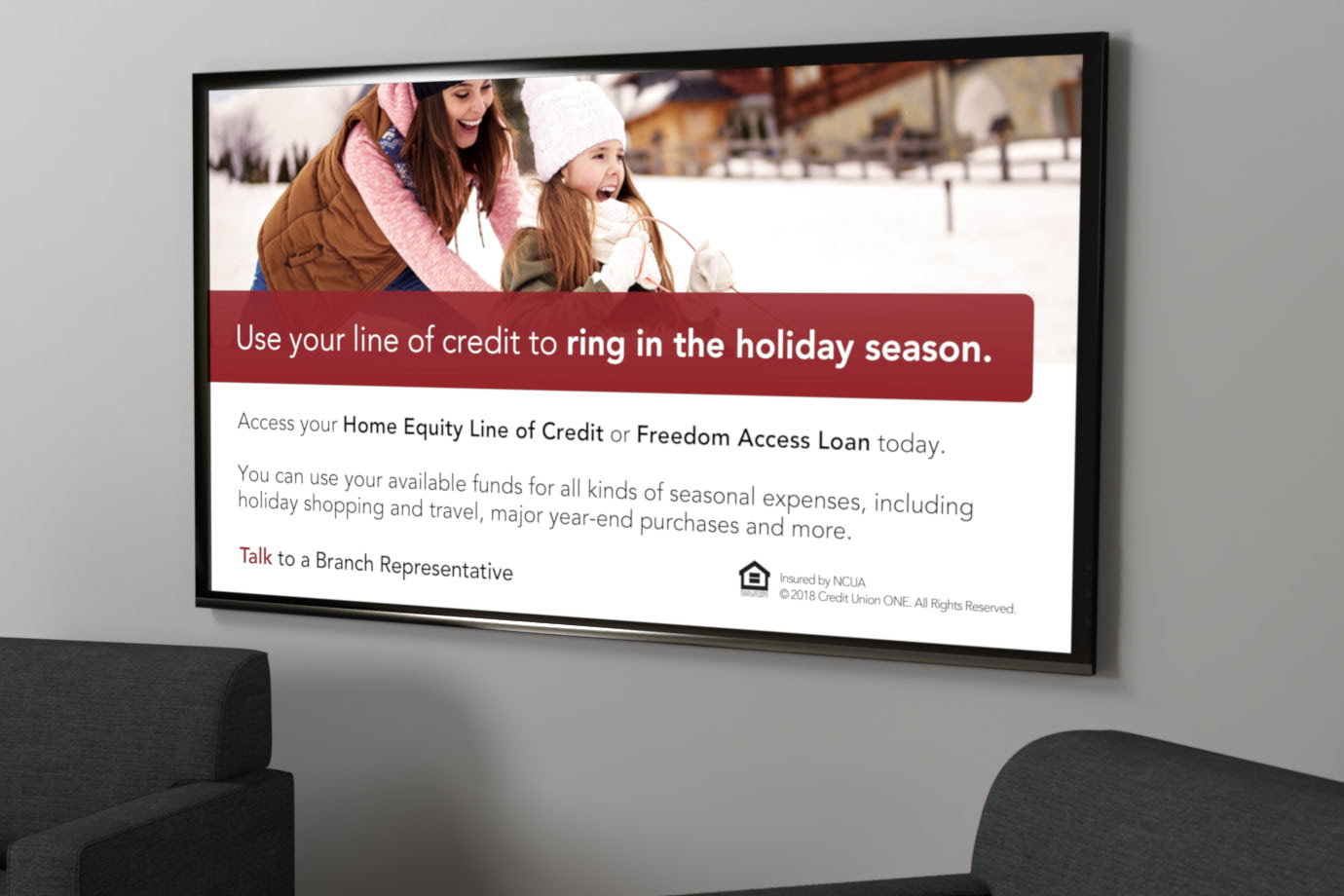Marketing ATMs and Drive-Up Tellers: COVID’s Impact on Retail Banking
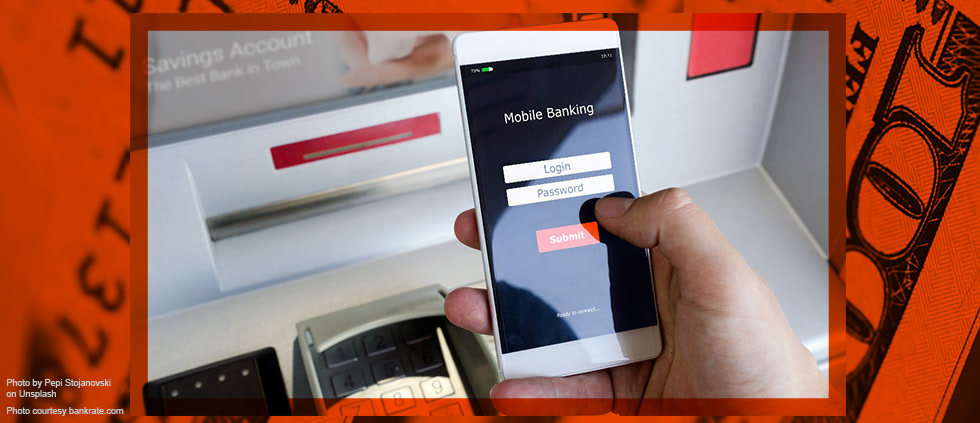
Across the U.S., the state of reopening (or possibly re-closing) is all over the map (literally). But throughout the COVID-19 shut downs, retail bank branches have been deemed essential businesses in most states, which means they’ve needed to remain open. Still, many banks have been encouraging customers to use digital solutions, such as online banking and mobile check deposit.
That effort appears to be working. In April, some of the biggest banks across the country reported a 200% increase in new mobile banking registrations.
But these digital channels can only get you so far.
For example, despite the long-term decline in use of cash, it’s still a popular form of payment. And since you can’t get it through your mobile phone, ATMs remain relevant. In addition, customer habits continue to be a factor: for many, a trip to the bank is part of a routine during which they deposit or withdraw funds, as well as conduct additional face-to-face transactions.
Interestingly, we found a couple of examples of how credit unions are encouraging customers to embrace some of these “old school” ways of banking as alternatives to walking into the branch.
Central Maine Credit Union is reminding (or teaching) customers that drive-up banking is an option. It posted this handy “how to” video on YouTube for users who might need a refresh on how the stands with the pneumatic tubes work:
That seems like a really good idea to help keep the drive-up lines moving. I came across local news reports from Massachusetts and Pennsylvania that chronicled long lines at drive-up tellers. And I personally experienced this late on a Friday afternoon at my local bank branch were all three drive-up teller stands had back-ups two to three cars deep.
Of course, if you don’t need to talk to a teller, the ATM is always an option. The Financial Brand speculated that ATM use would increase and that banks could benefit from “off-site” ATMs. COVID-19 could also lead to proliferation of next generation ATMs, says BankRate, where customers can initiate transactions via their mobile phone. (Wells Fargo has been using “Cardless ATMs” since 2017.)
For a real-world example of ATM promotion, we came across this video from Coastal Credit Union. This North Carolina credit union highlights both traditional ATM features, as well as “Personal Teller Machine” features, which give customers a wider range of options than the standard ATM. Key among them is the ability to talk with a teller while avoiding direct in-person interaction.
As financial services marketers, we are considering what the long-term impact of all this will be. If, for example, banks and credit unions see declining foot traffic and increasing drive-up and ATM traffic, a key cross-selling channel – “the branch” – will be diminished. Having worked on many in-branch and employee programs, we know how critical branch traffic can be.
Certainly, in the near-term for markets where branches remain closed, marketers should consider how they can best utilize channels like ATM screens, pneumatic inserts and receipts. While the opportunities may be more limiting, this just one more example of how financial service marketing may need to evolve.





